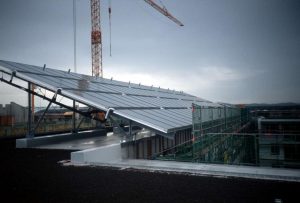Permaculture settlement "Eva Lanxmeer" in Culemborg
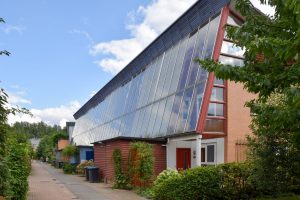
With 240 houses, it is the largest permaculture settlement worldwide. Construction time: 1994 to 2009. E.V.A. stands for the name of the group "Ecologisch Centrum voor Educatie, Voorlichting en Advies".
Info: http://sdg21.eu/db/eva-lanxmeer-in-culemborg
Photo gallery: https://siedlungen.eu/galerien/fotogalerie-culemborg
"Stad van de Zon" in Heerhugowaard
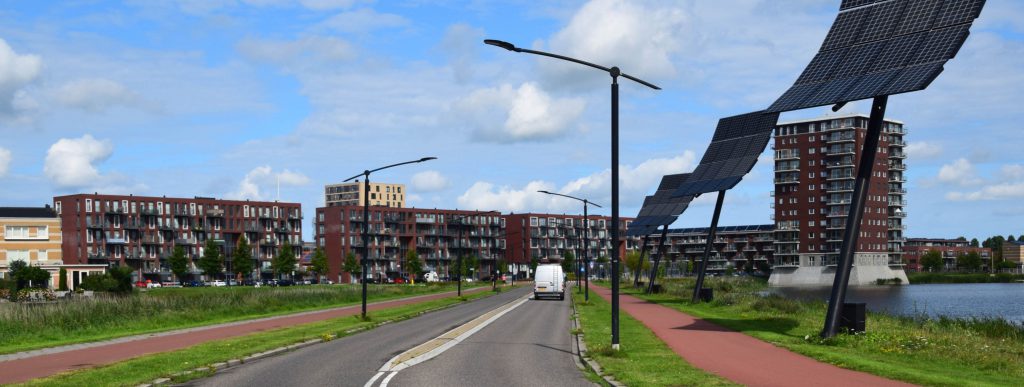
With 2,900 flats on 123 ha of building land, the settlement is the largest sustainable settlement in the world. The total area with park and water areas covers 177 ha. The photovoltaic system on the roofs has a capacity of 3.75 MW. Another PV system with 1.25 MW, as well as three wind turbines on the site are the active components of the CO2-neutral energy supply. Car-free zone. Planning: Ashok Bhalotra of urban design bureau KuiperCompagnons, Rotterdam. Partner of the European Sun Cities project.
Photo gallery: https://siedlungen.eu/galerien/fotogalerie-2017-heerhugowaard
Harbour Land West and East in Amsterdam
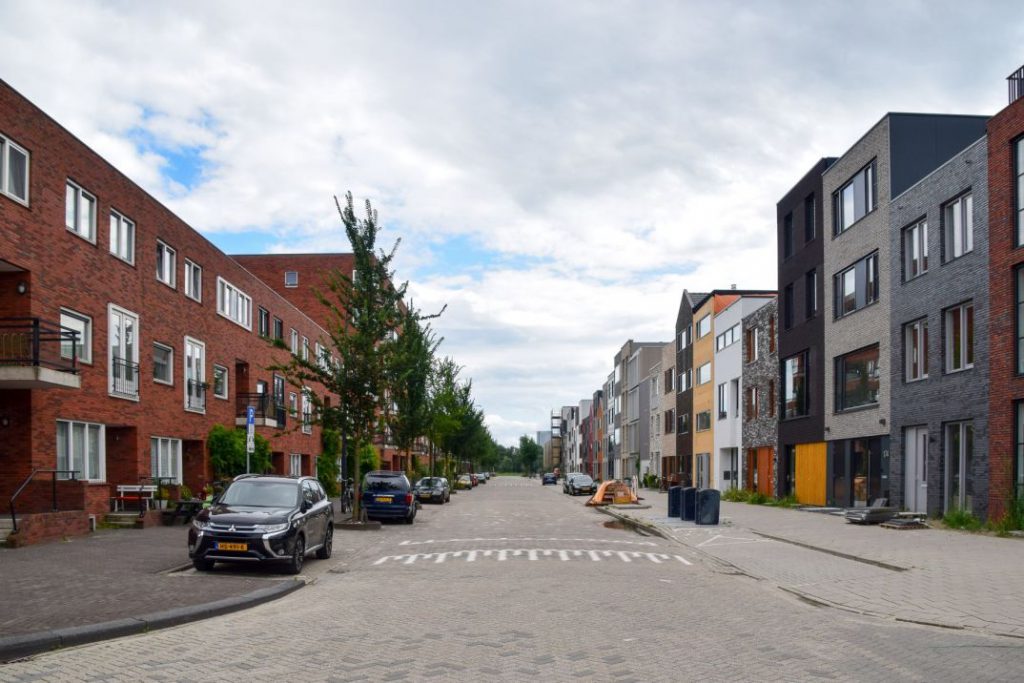
Project Info: http://sdg21.eu/db/haveneiland-in-amsterdam
Photo gallery: https://siedlungen.eu/galerien/fotogalerie-2017-haveneiland
Amsterdam Westerpark
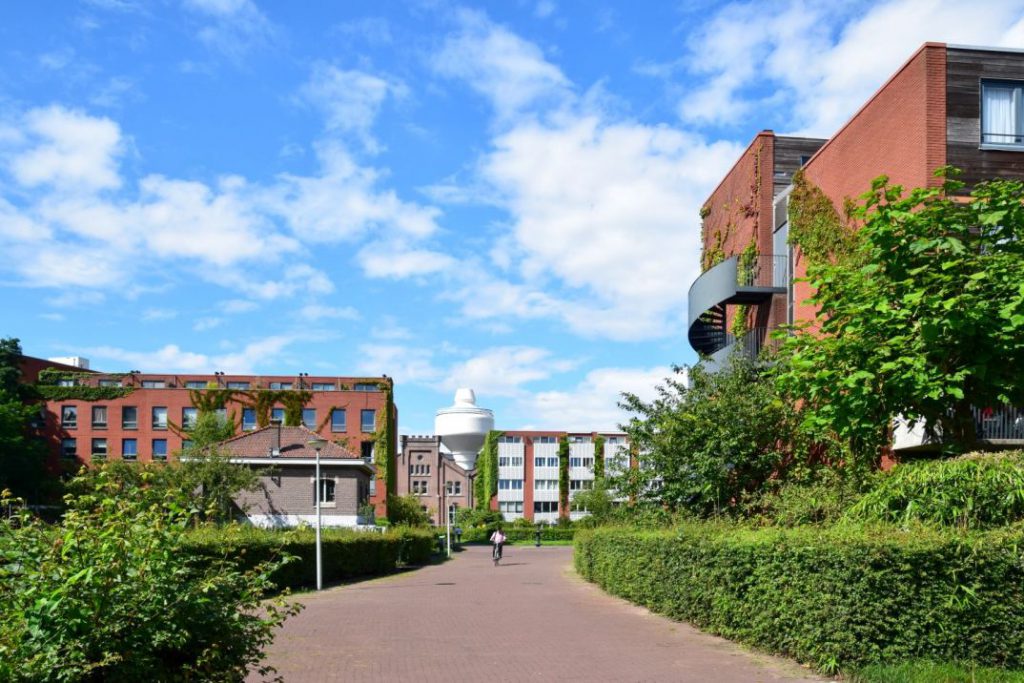
With 600 residential units as a contiguous settlement, the largest settlement for cyclists in the world. The residents organise their everyday life without their own car. This saves the construction and operating costs of the expensive underground car park and it enables the use of the open spaces for purposes other than parking private cars, which do not drive to over 90% but take up space.
Photo gallery: https://siedlungen.eu/galerien/fotogalerie-2017-gwl-terrein-amsterdam-westerpark
Amersfoort Nieuwland

At the end of the 90s, the world's largest PV system on a housing estate with 1 MWpeak Power
Photo gallery: https://siedlungen.eu/galerien/fotogalerie-2017-amersfoort-nieuwland
Keywords: News Blog Europe (without DE), News Blog Netherlands, Settlements, sdg21 news
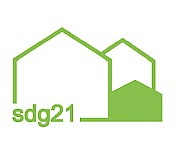





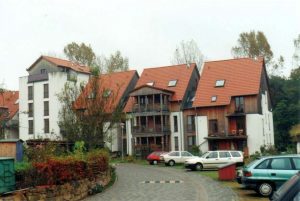
 Ecostation
Ecostation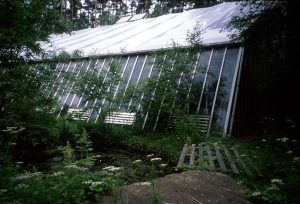 SA student dormitory Kaiserslautern
SA student dormitory Kaiserslautern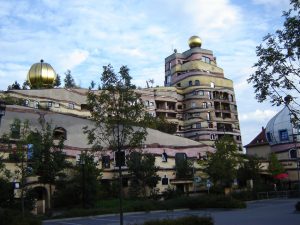
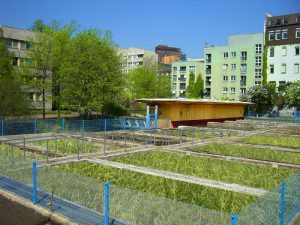 IBA Block 6
IBA Block 6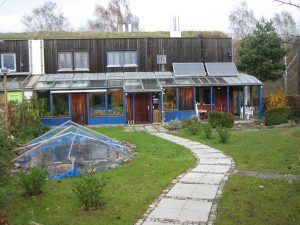 Frasenweg" housing estate
Frasenweg" housing estate Signal box 60 Cologne-Nippes
Signal box 60 Cologne-Nippes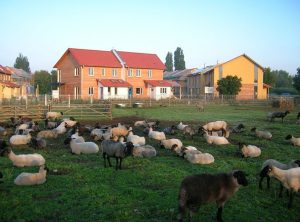 m round
m round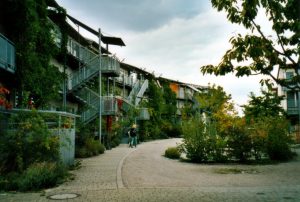 Ecological settlement Geroldsäcker Karlsruhe
Ecological settlement Geroldsäcker Karlsruhe